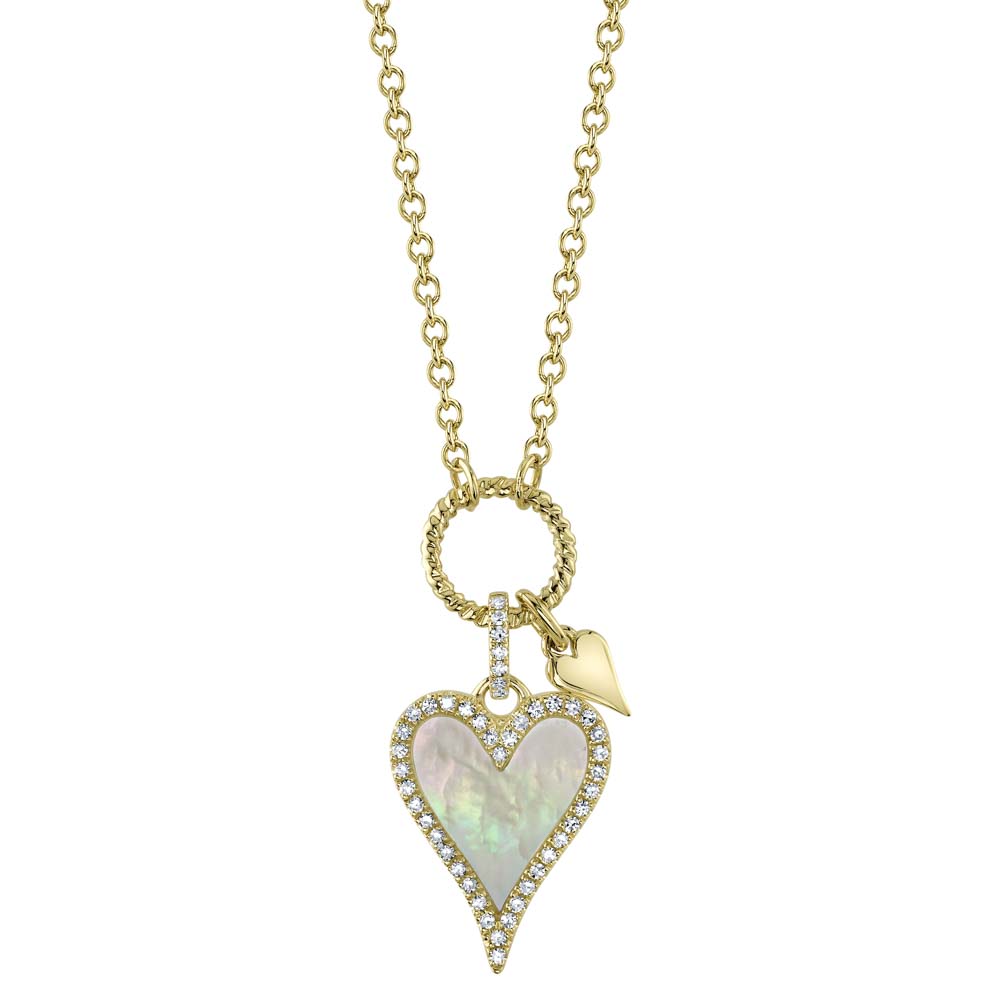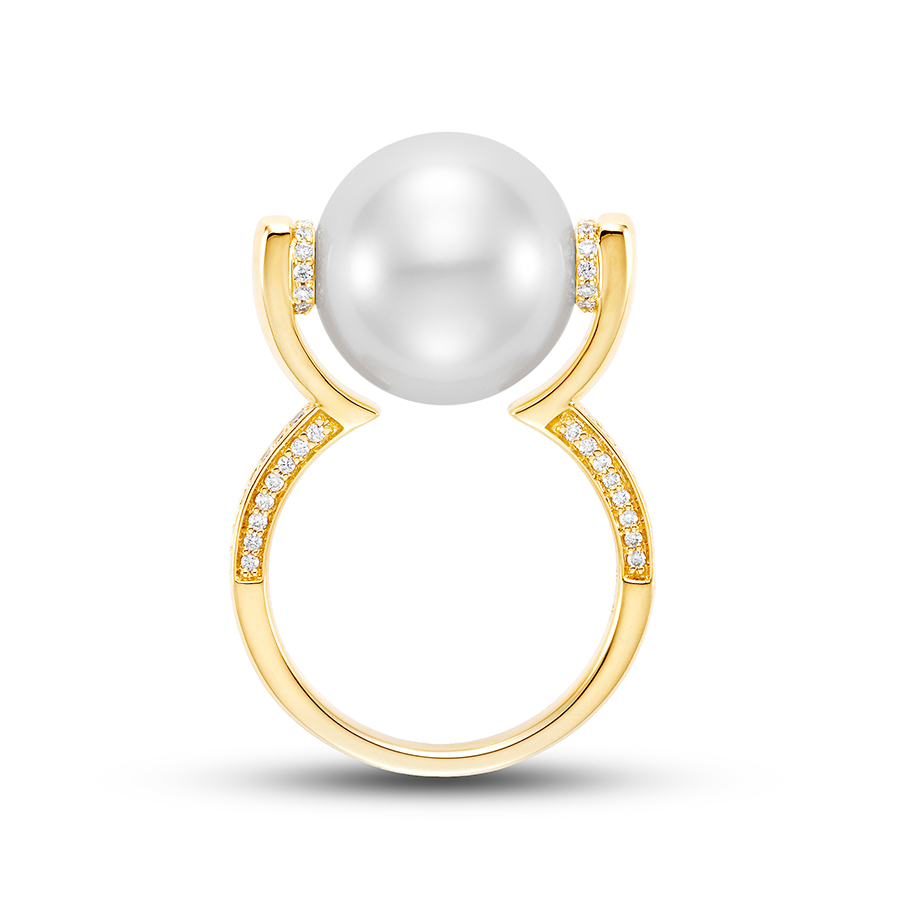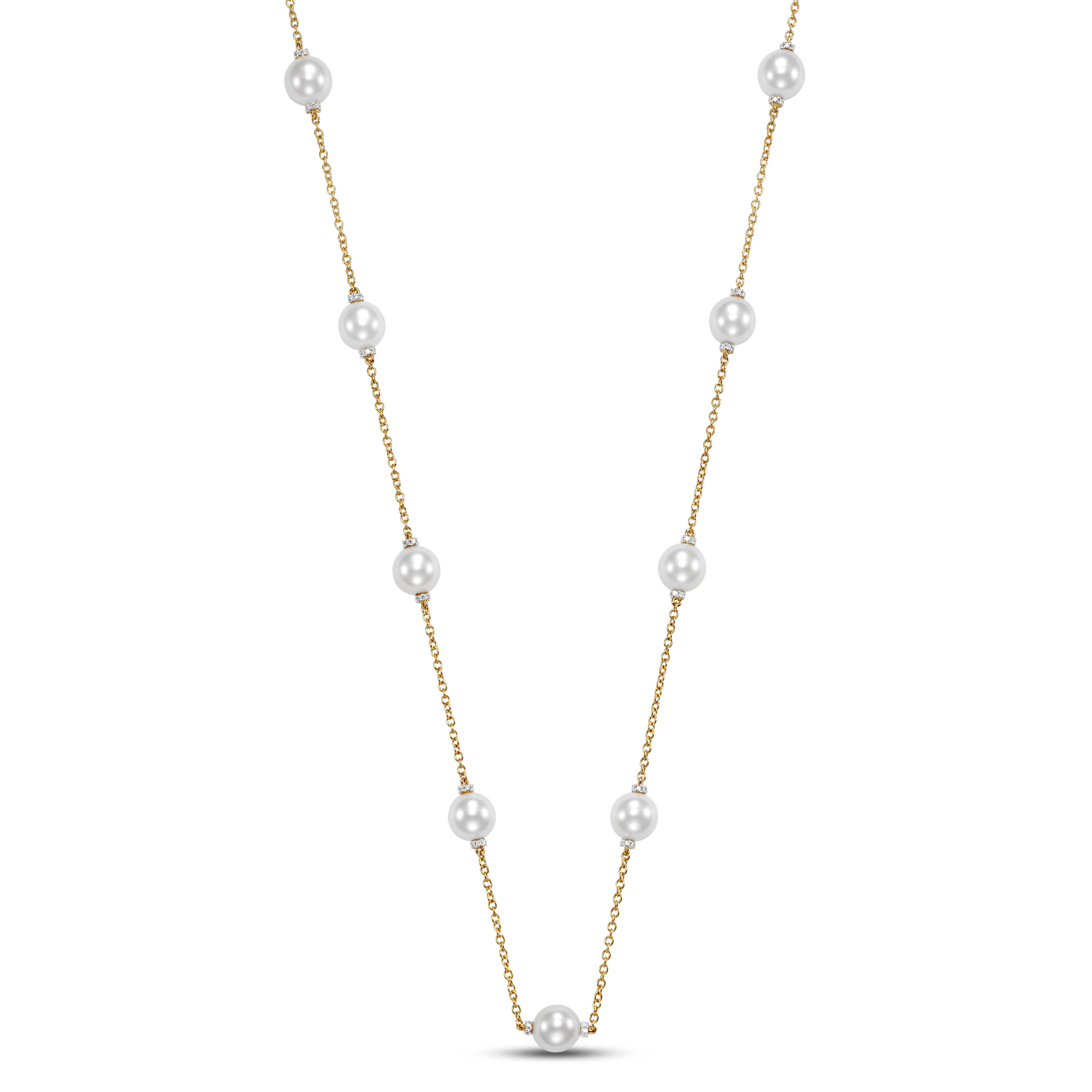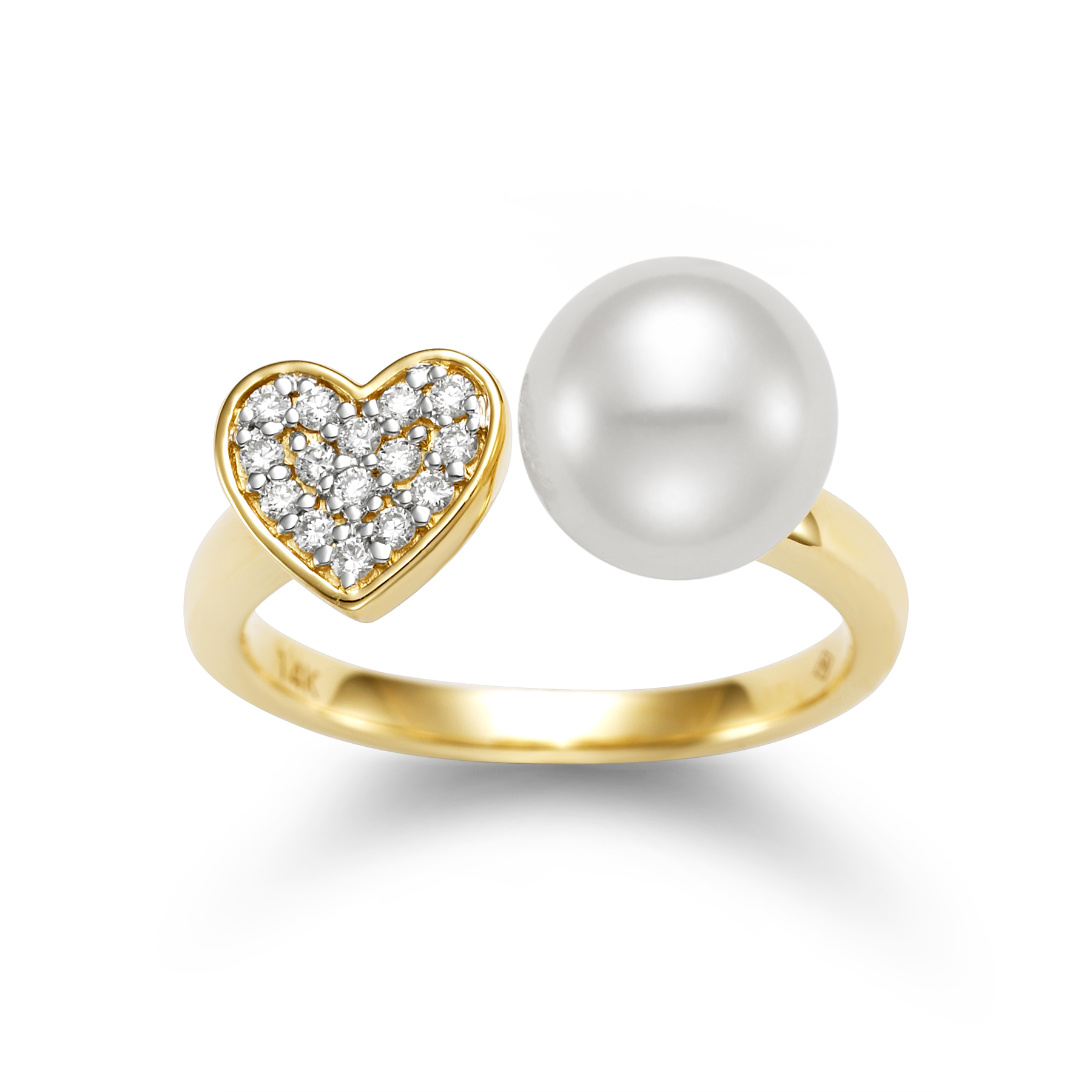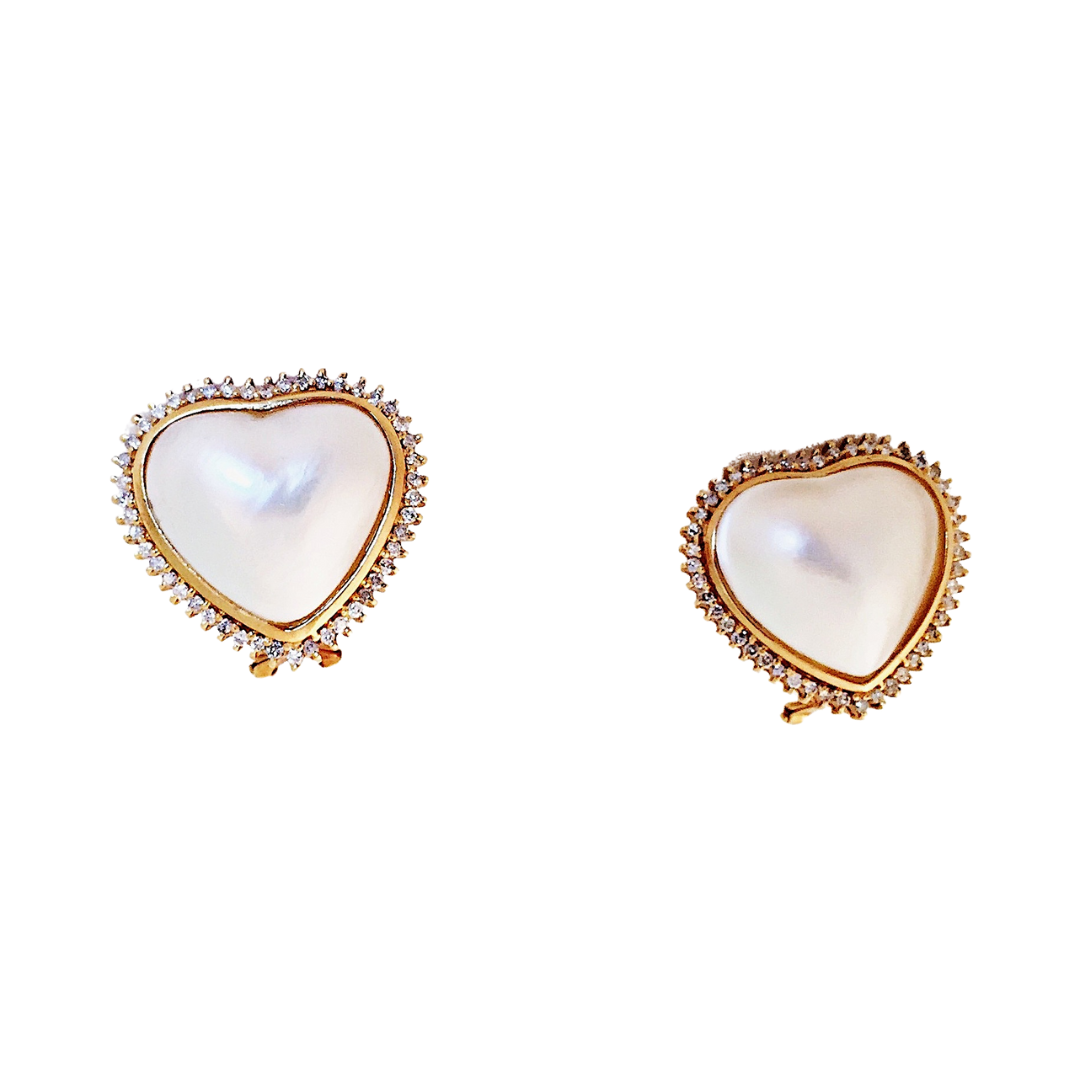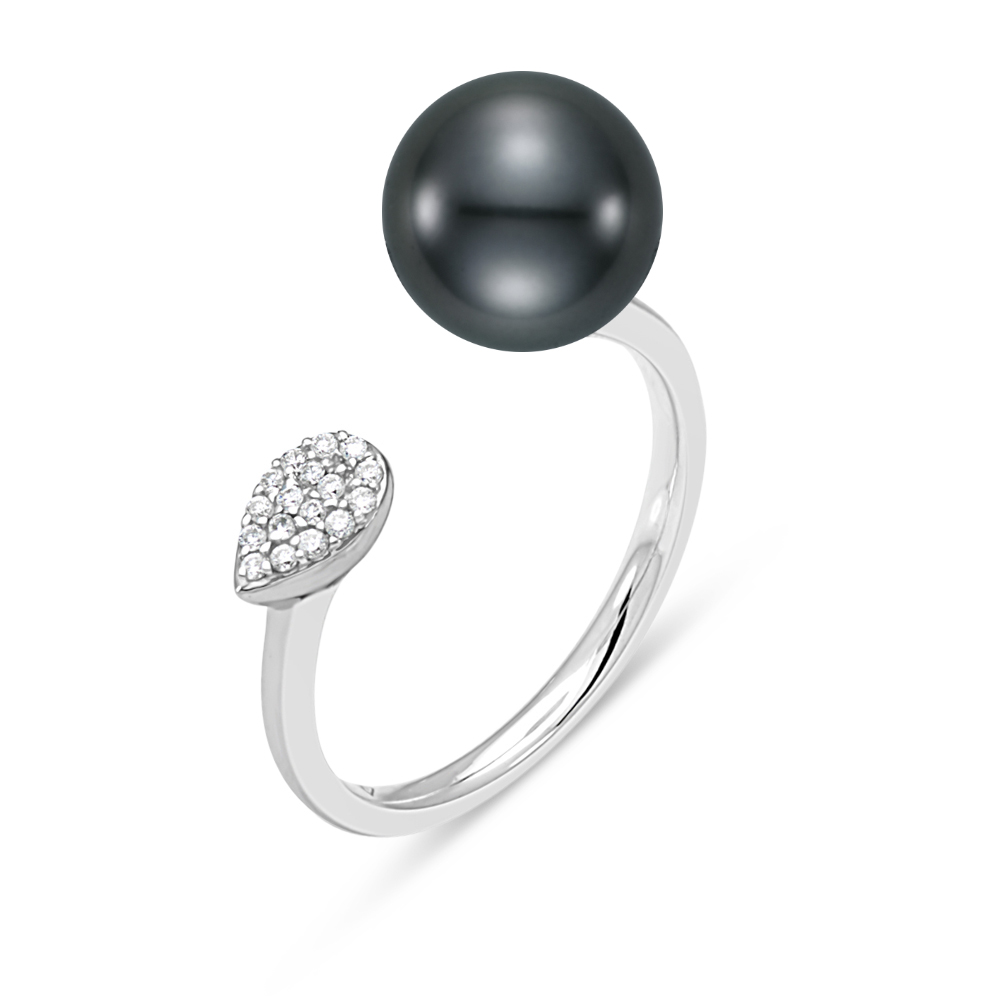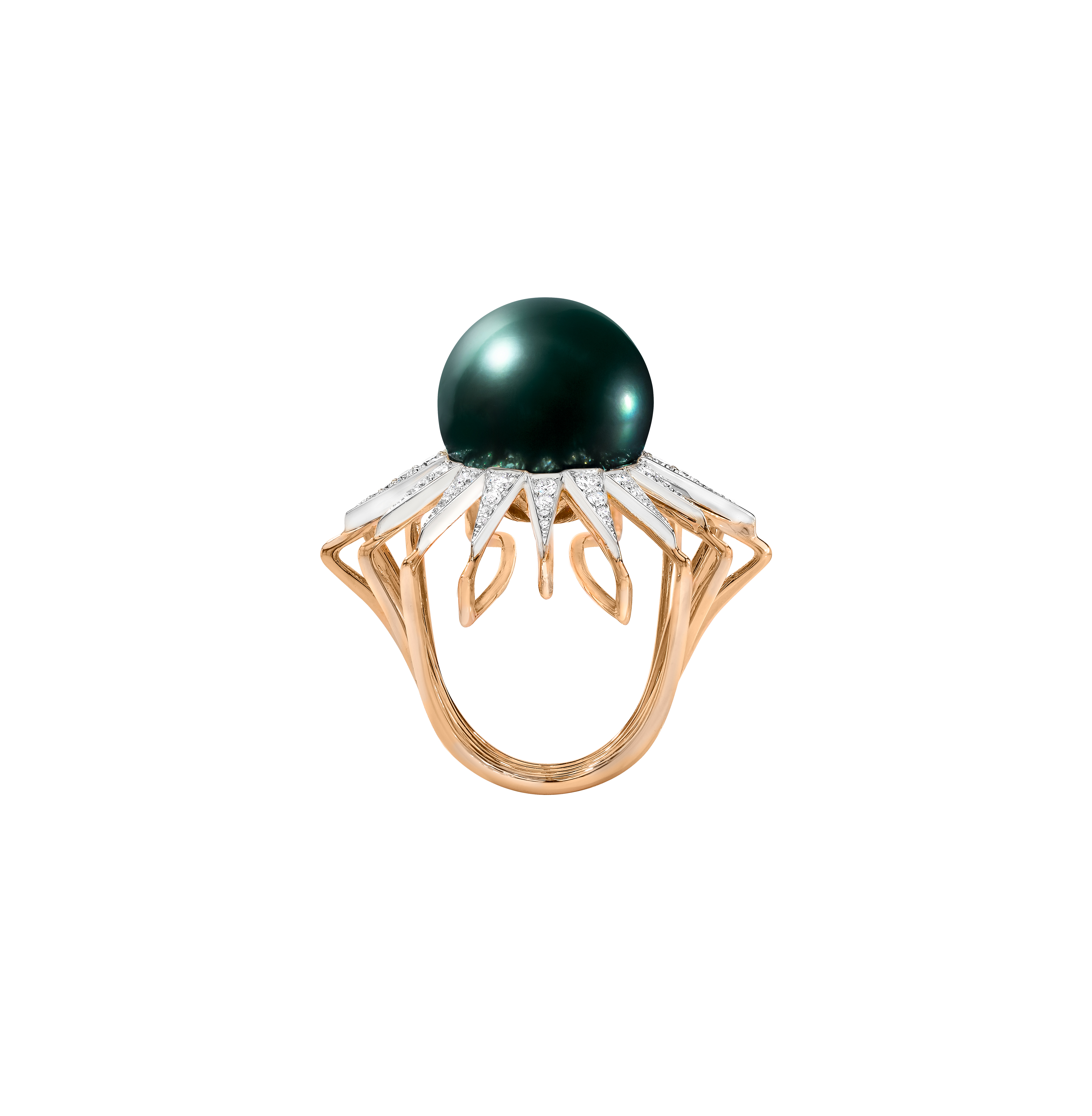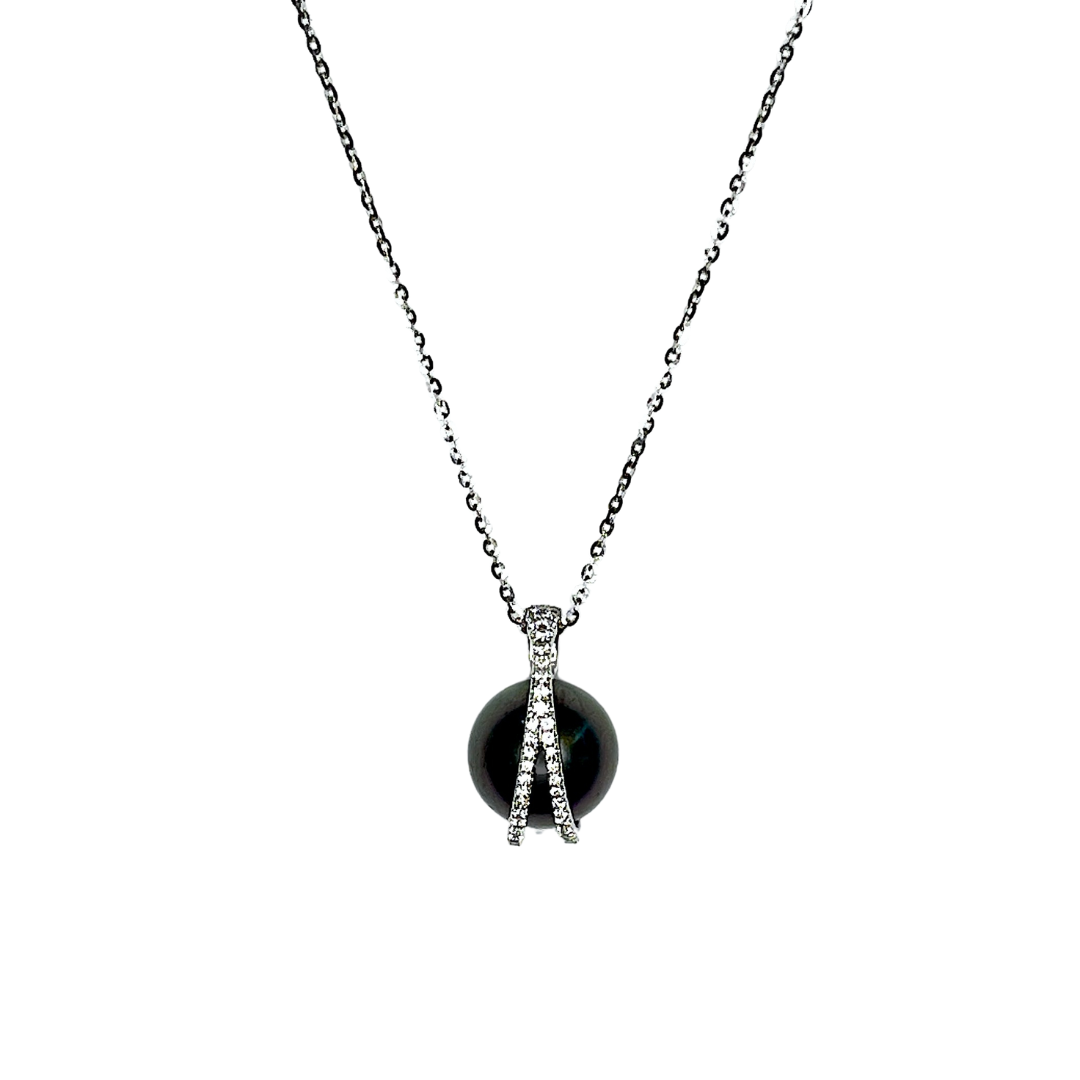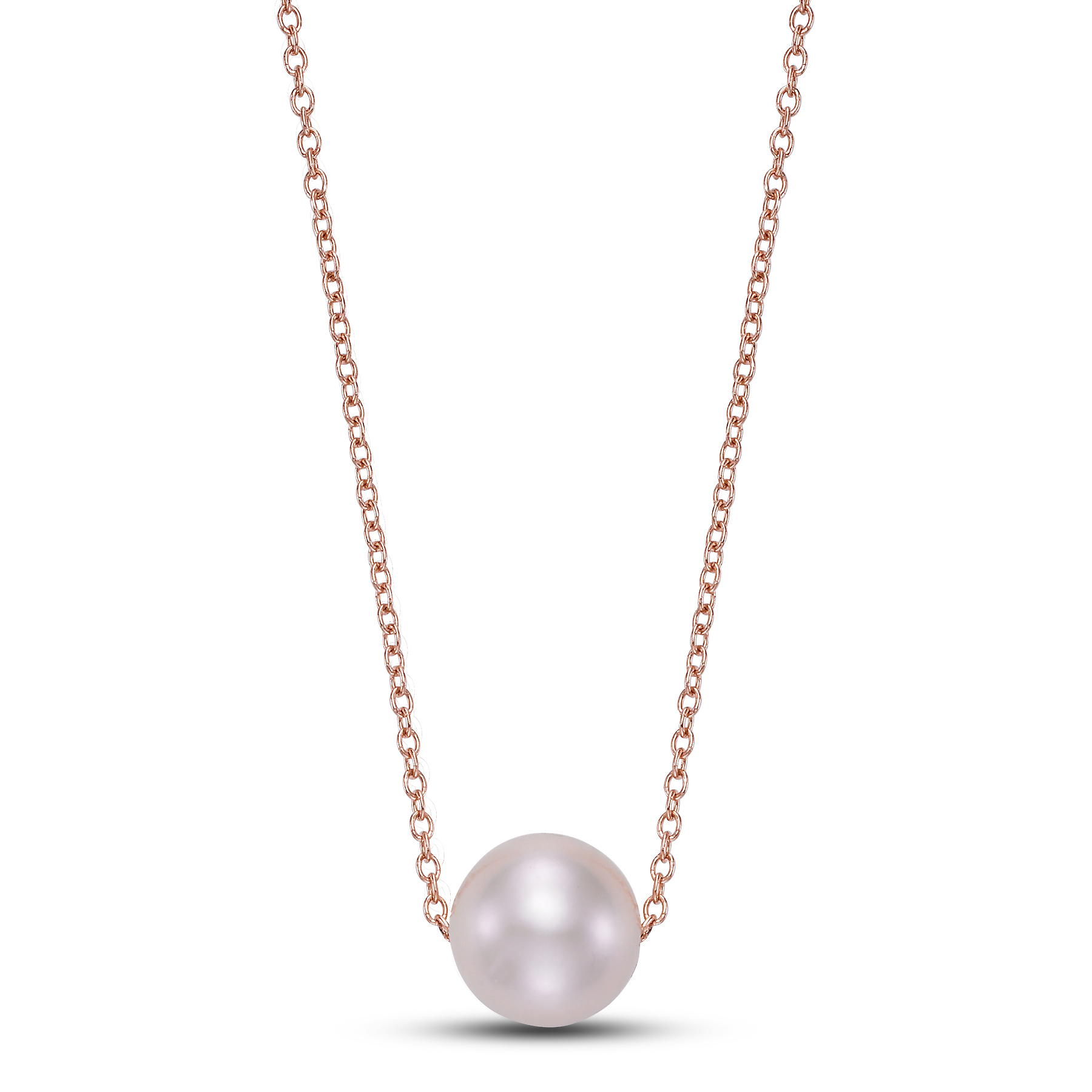Pearl Jewelry: Real Versus Fake
Real pearls are examples of nature’s beautiful magic. They are formed when a mollusk (oyster, clam, mussel) has an irritant enter its shell; in defense, the mollusk produces layers of fluid (known as nacre, pronounced NAY-kur) around the irritant. The process takes between 5-10 years and results in the beautiful luminous beads we cherish as pearls.There are three types of pearls to consider when shopping for pearl jewelry: natural, cultured and imitation.
Natural Pearls
Natural pearls, those that form organically in nature, are extremely rare – very few are on the market today. The best source for natural pearls was the Persian Gulf, but when oil was discovered around the 1930s, the Gulf waters could no longer produce pearls. Today, traditional fishing for natural pearls is still practiced in India, but the pearls harvested are often small and expensive.Cultured Pearls
Cultured pearls make up the majority of pearls on the market today and are still considered to be natural. “Culturing” dates back to the late 19th century and uses the same process as natural pearls, except that the irritant is surgically placed into the mollusk and are protected in "pearl farms" while the pearl develops. While humans can start the pearl process, it is still up to nature to determine the quality of the final pearl. Of the pearls created after a five-to-ten year farming cycle, only 5% meet the high quality standards required for fine jewelry, according to the Cultured Pearl Association of America.Imitation Pearls
Imitation pearls have no connection to the natural pearl making process. They are made from glass beads that are dipped into a solution made from fish scales. While most have a high luster, it may eventually fade.How to Tell Real Pearls from Imitation
Professional jewelers can spot an imitation pearl from cultured pearls and will not sell an imitation marked as real.One way you can test a pearl is to rub it against another pearl: imitation pearls will glide across each other, but cultured pearls will feel gritty because of the layers of nacre.
Many cultured pearls undergo treatments to enhance their luster or alter their color, but this does not make them any less real. A professional jeweler is trained to understand and explain these treatments, which are important to disclose as they can affect the pearl jewelry's value. Trust your pearl jewelry purchase with a jewelry store known for its educated staff and ethical standards – use our Find a Jeweler directory to find a reputable retailer.
Pearl Quality Factors
Pearls are classified by origin, then graded by size, shape, nacre thickness, color, luster, surface clarity and how they match.Quality Pearl Strands
Pearl strands are the most classic piece of pearl jewelry, perfect for every-day or special occasions. Because of their versatility, picking a high quality strand is important to ensure the longevity of the piece. Pearls should not be bunching or twisting, knots should be shaped uniformly and pushed snugly against both sides of every pearl and the silk cord should match the pearl color as closely as possible.How to Clean & Store Pearls
- Apply cosmetics, hair sprays and perfume before putting on any pearl jewelry. When you remove the jewelry, wipe it carefully with a soft cloth to remove any traces of these substances.
- You can wash your pearl jewelry with mild soap and water. Do not clean cultured pearls with any chemicals, abrasives or solvents. These substances can damage your pearls.
- Always lay cultured pearl strands flat to dry. Hanging a strand may stretch the threads.
- Do not toss your cultured pearl jewelry carelessly into a purse, bag or jewel box. A pearl's surface is soft and can be scratched by hard metal edges or by the harder gemstones of other jewelry pieces.
- Place cultured pearls in a chamois bag or wrap them in tissue when putting them away.
- Cosmetics, perspiration, oils and ordinary wear weaken and stretch the threads on which the pearls are strung. Bring your pearls back to your jeweler for restringing once a year. Make certain the pearls are strung with a knot between each pearl. This will prevent loss of pearls if the string should break.




